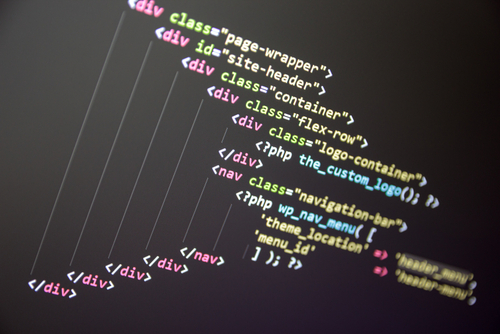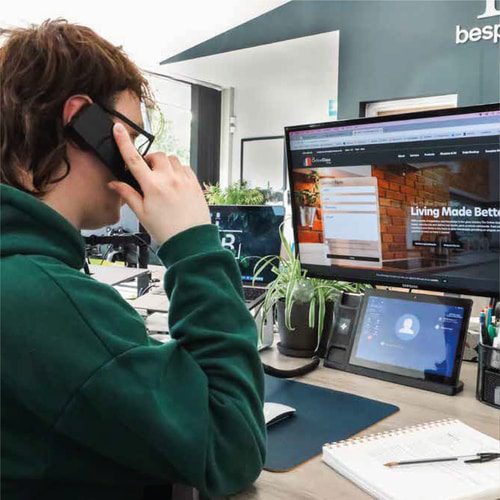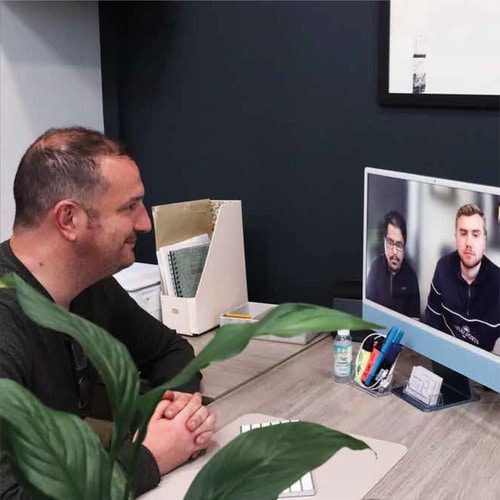
Custom Theme vs Child Theme: What’s The Difference?
If you’re a WordPress user, you may have heard of custom themes and child themes. But what’s the difference between the two, and which one is the best for your website? In this blog post, our WordPress experts take a look at the pros and cons of both custom and child themes so you can make an informed decision on which one to use for your own website.
What is a Custom Theme?
A WordPress custom theme is a great option for anyone who wants to design their website with a unique look and feel. It’s a great way to make sure your website stands out from the crowd and looks professional. You can customise everything from the colours, fonts, layouts, and features. Plus, you can add plugins and widgets to make the website even more functional and dynamic. Custom themes provide you with complete control over your website, allowing you to create a truly unique experience for your visitors.
Custom themes can also vastly improve the overall speed, user experience and functionality of the website. A custom theme would only include all the code that you actually require and need to use, so there is no extra/unused code to bloat the website. This would also mean in order to create a custom theme, you would require a higher technical knowledge of coding, especially PHP. For this reason, custom theme websites usually cost a lot more than other WordPress websites and businesses will have to partner with premium web design agencies.
Quick pros of a Custom Theme:
- Amazingly lightweight: only use what you need.
- Completely unique: brand new features and functionality just for you.
Quick cons of a Custom Theme:
- Coding: you need a very technical understanding of all website coding to use custom themes, including HTML, CSS, JS/JQuery & especially PHP.
- Expensive: if you can’t do it yourself, finding someone else with the correct knowledge and expertise to build a custom theme is going to be an expensive journey.
- Maintenance: requires complete maintenance, security updates and future WordPress compatibility.
What is a Child Theme?
A WordPress child theme is simply a theme that inherits the functionality of another theme. It’s a great way to customise and extend the existing design of your website while not having to start from scratch. With a WordPress child theme, you can quickly and easily make customisations to the parent theme without affecting the parent theme’s code. This makes it easy to update the parent theme without losing your customisations.
A child theme is a great and easy way of unlocking extra customisation and function for your WordPress website. You need to start by finding a great theme in the first place, and then with a child theme you can pick out exactly what things you want to keep, what you want to remove, what you want to edit and even add in your own features.
A child theme is generally easier to create and use, there are even plugins out there to help you generate a child theme in a matter of minutes. The only major downside of a child theme is you are still reliant on the parent theme for important things like the theme core and security patches. For premium themes, you would still require to pay the subscription/license fees, and in the event that a developer decides to discontinue the parent theme, you’ll have to start the process all over again.
Quick pros of a Child Theme:
- Quick & advanced customisation: make your website more unique outside of the built-in tools.
- Keep your updates: updating your parent theme will not change anything you’ve added into a child theme.
- No/low maintenance: general updates such as security and WordPress compatibility will be from the parent theme.
Quick cons of a Child Theme:
- Coding: you still need some website coding knowledge to take advantage of child themes, specifically PHP.
- Bloated code: your website will still load unused code from your parent theme such as CSS styling and JS scripts which will unnecessarily slow down your website.
- Limited: at the end of the day, your child theme customisation is still limited by the parent theme’s framework.
What Does Blue Whale Media Use?
Our web designers at Blue Whale Media have opted to use a child theme for the last few years. We use Themify Shoppe as the parent theme for pretty much all of our websites, so it only makes sense to use it for our child themes too. This allows us to quickly customise and add new features to our client websites without worrying about developing a brand new framework or having to regularly maintain security patches etc.
To Conclude
In conclusion, there are plenty of pros and cons to consider when it comes to custom themes and child themes. Ultimately, the decision of which one to use depends on your individual needs and the level of customisation you’d like to implement. If you are looking for a quick, easy solution with minimal customisation, custom themes are a great option. But if you’d like a more tailored approach for more advanced needs, a child theme is a way to go.
At the end of the day, both options have their advantages and disadvantages in certain situations, so it’s important to do your research before committing to either.




